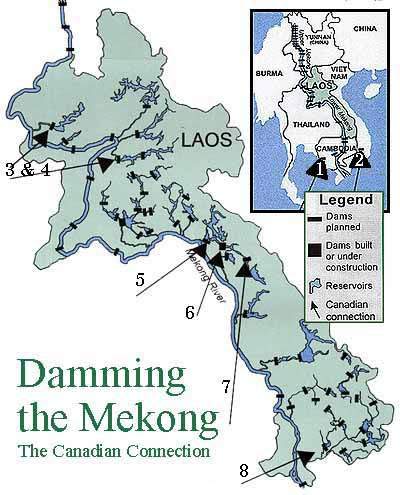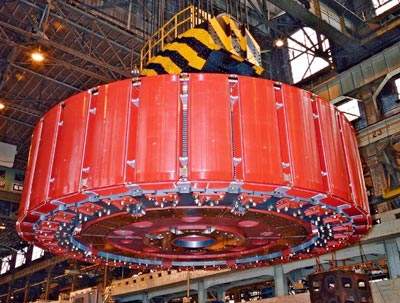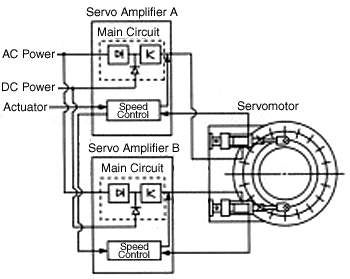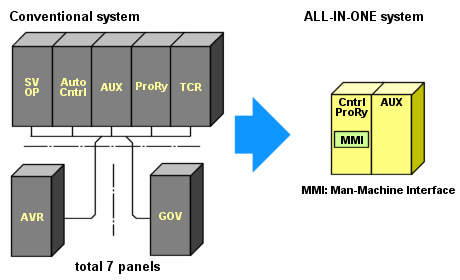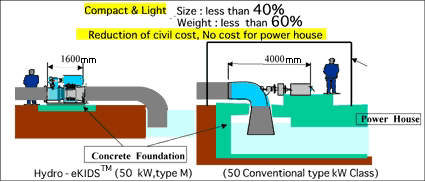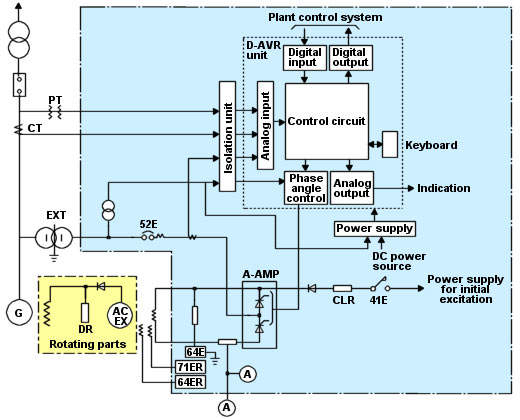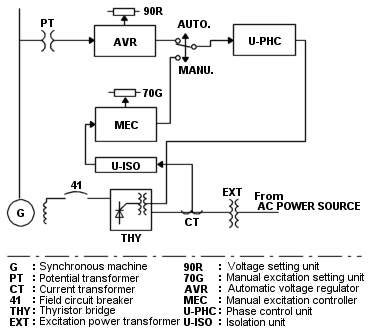The 300MW Dai Ninh hydroelectric plant in Vietnam was commissioned in March 2008. It is located on the Dong Nai River, the main tributary to the Saigon River. The dam and plant are in Ham Thuan Bac District, Binh Thuan Province, 250km from Ho Chi Minh City. Two 150MW turbines provide the power for the plant. It generates 1.2 billion kilowatt hoursof electricity each year.
The $440m contract for designing, manufacturing, installing and commissioning the equipment was won by Toshiba and Nissho Iwai. Project consultation was provided by a joint venture of Japan’s Nippon Koei and Electric Power Development Corporation.
Concerns about forced resettlement of more than a thousand local families has led to criticism of the project, and the World Bank declined funding for it in 1998. The project covered in excess of 2,000ha, 1,900ha of which was for the reservoir. Of this, just over half is agricultural land and the rest forests.
Dai Ninh is a multipurpose dam and supplies water for agriculture, as well as generating electric power. The project transfers water from the Dong Nai River via an 11km tunnel to the Luy River.
Generator and control equipment
Toshiba supplied the generator. The company’s all-in-one control equipment incorporates governor, AVR (Automatic Voltage Regulator), control / protection, and telecommunication systems. The hydraulic turbine governor controls the guide vanes by detecting turbine speed and opening and closing the guide vane to keep turbine speed stable or regulate output. The governor therefore determines the controllability of the power station and the power quality.
A $34m contract covered the building of a 500kV/200kV substation and expansion of an existing 110kV/220 kV substation to connect Dai Ninh to the national grid. These facilities also helped stabilise the 500kV transmission line for other hydro-power plants in the region.
Contractors
Sumitomo and Japan AE Power were the main substation contractors, with Siemens and Vietnamese company Power Construction Co. No. 2 as sub-contractors. Siemens was responsible for designing, manufacturing, delivering and constructing the substations and accompanying telecommunication systems. The 500kV/220kV equipment has come from Germany, control and protection systems from Indonesia, in addition to telecommunication systems from Singapore.
Overseas involvement
The Dai Ninh project was part of the Vietnamese government’s plans to increase the country’s installed capacity by 10,000MW before 2010. However, the Vietnamese national power company, Electricity of Viet Nam (EVN), was concerned that prolonged droughts could have a negative impact on its existing hydroelectric stations, threatening to reduce output by nearly 1,000 million kilowatt hours in a year.
Alongside building new power plants, EVN, planned to purchase more electricity from China to address anticipated electricity shortages in 2006 and 2007.
Project funding
Funding for Dai Ninh has come from an ODA (Official Development Assistance) loan by the Japan Bank for International Cooperation (JBIC). Around 85% of the $440m capital came from the Japanese Government’s ODA loans, and the rest from Vietnam.
Vietnam and Japan have signed credit agreements allowing Vietnam to borrow around $730m from Japanese banks to fund infrastructure projects. These include Dai Ninh, along with expansion of the Thac Mo hydroelectric power plant. EVN also planned two other hydropower plants in the region, Dong Nai Hydro-power Project No. 3’s construction was completed in 2010 and Dong Nai Hydro-power Project No. 4 is expected to be complete by 2014. Cavico was awarded the construction contract for both the projects.
Environmental issues
In the 1990s, the Canadian Government paid engineering consultants SNC-Lavalin almost C$1m for design and feasibility studies. Sogreah produced a review of the feasibility study and economical report in 1995 and worked with SNC Lavalin on the technical study. Sogreah and Pacific Rim Power of Canada subsequently completed the design and prepared the bidding documents for the project.
The reports had never been released, however, and none of the project plans were available for public review in Vietnam. Dai Ninh reportedly forcibly caused the displacement of up to 14,000 people and directly affected the livelihoods of tens of thousands of rural residents. Affected families were resettled in Duc Trong and Bac Binh districts.
The World Bank, which funded the feasibility study, foresaw no serious problems with resettlement, since families were supposed to receive land-for-land compensation. They had also been promised compensation for lost houses, property and crops.
The Vietnamese Ministry of Agriculture and Rural Development (MARD) and the World Conservation Union (IUCN) have both however also warned against damage to biodiversity in nature reserves.

